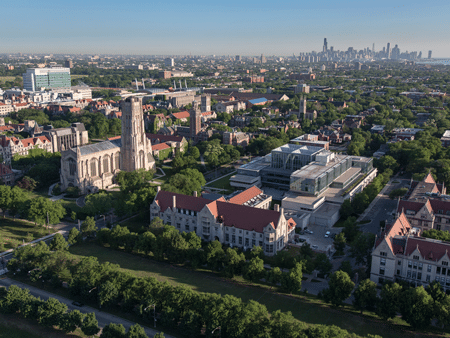Embarking on the journey to a top business school can feel overwhelming, but understanding the application process is the first step toward a successful outcome. From timelines to rounds and decisions, knowing what to expect can help you plan your strategy effectively. ARINGO breaks down the typical MBA application process to help you navigate the path to your dream program with confidence.
Understanding the MBA Application Timeline
The application cycle for an MBA program is a long-term commitment that typically begins a year before the program starts. For example, if you plan to start your MBA in the fall of next year, you will need to submit your application in the fall or spring of this year. This extended timeline gives you ample time to prepare your materials, including your essays, resume, and GMAT/GRE scores.
Most business schools use a system of application rounds, which are specific periods for submitting applications.
- Round 1: Typically occurs in September or October. Submitting in this round is often seen as advantageous, as it’s the first opportunity for the admissions committee to review your profile.
- Round 2: Usually takes place in January. This is the most popular round for many applicants, offering a good balance between preparation time and a healthy number of available spots in the class.
- Round 3: Happens in February, March, or April, depending on the school. Applying in this round can be more challenging, as there are fewer spots remaining in the class.
- Early Decision/Action: Some schools also offer an “early action” or “early decision” round before Round 1. This is for candidates who are certain that a specific school is their top choice and who, if admitted, would accept the offer immediately.
The Review and Decision Process
After you submit your application in any given round, the admissions committee will typically spend six to eight weeks reviewing your materials. Following this review, you may receive an invitation to interview. If you are invited for an interview, you can generally expect to receive a final decision by the end of that specific round. For example, Round 1 decisions are often released in December, while Round 2 decisions come out in February or March.
The Waitlist: A Second Chance
If you don’t receive an interview or an outright rejection, you might be placed on the waitlist. A waitlist is not a rejection; it means the admissions committee sees potential in your profile but needs more information to make a final decision. This gives you an opportunity to launch what is sometimes called a “waitlist campaign”. You can submit additional information, such as extra letters of recommendation or updated professional achievements, to strengthen your candidacy. Each school has its own preference on how waitlisted candidates should communicate and provide updates, so it’s important to follow their specific instructions.
After Admission: The Final Steps
Once you are admitted, the process shifts to preparing for your start date. If you are an international student, the school will typically issue a form called an I-20 in January or February. You will need this form to apply for a student visa at the embassy in your home country to study in the US. Most programs also have a mandatory orientation period one or two weeks before classes begin. International students are usually allowed to enter the US within one month of the program start date, giving them enough time to settle in and attend orientation.
The intricacies of the MBA application process can be challenging. ARINGO MBA Admissions Consulting offers a comprehensive approach to help you through every step. Contact us today for making us help you to simplify the MBA application process.
For more detailed information on the MBA application cycle, watch our full webinar.





